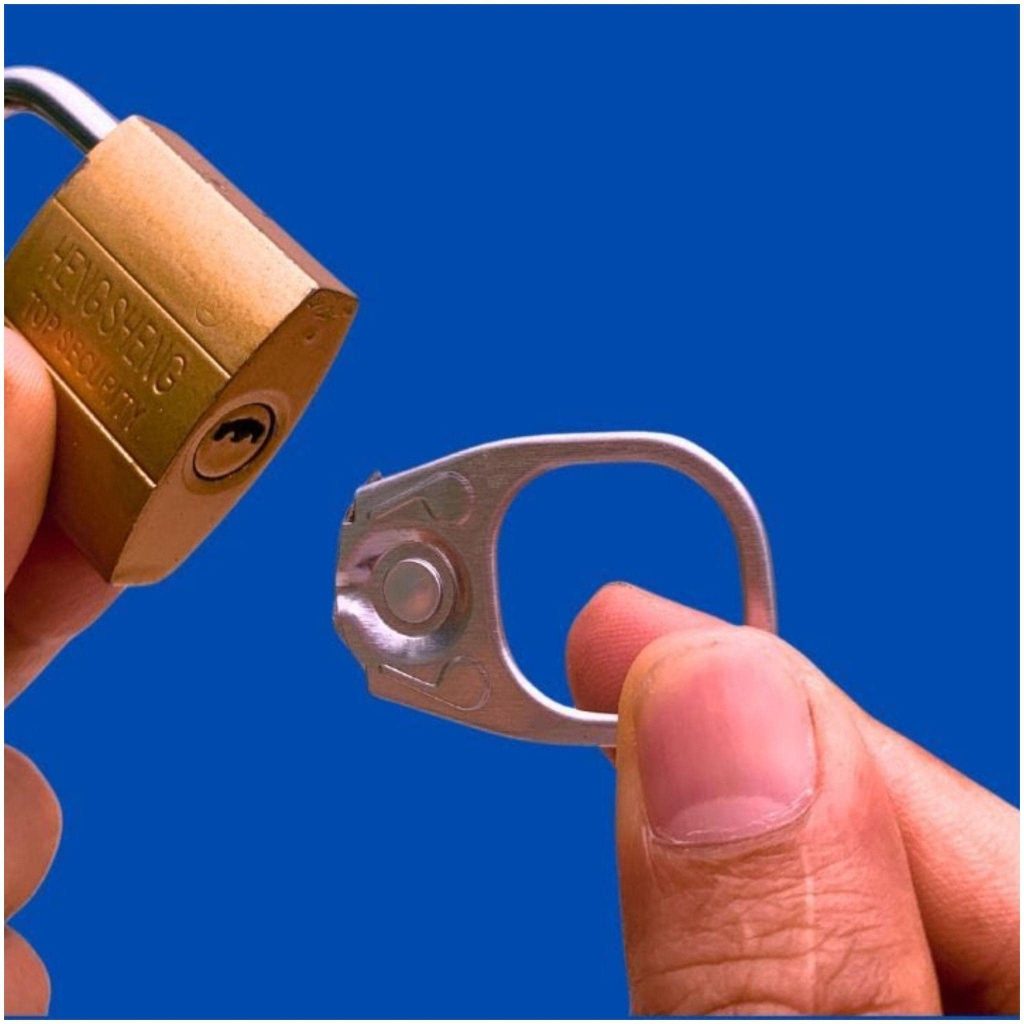ADVERTISEMENT
Instructions:
Create the Picks: Bend one bobby pin into a straight line. This will be your tension wrench. Bend the other pin into an L shape, creating a small loop at the end. This will be your pick.
Insert the Tension Wrench: Insert the straight bobby pin (tension wrench) into the bottom part of the lock.
Apply Tension: Gently apply pressure to the tension wrench in the direction you would turn the key.
Use the Pick: Insert the L-shaped bobby pin into the top part of the lock and feel for the pins inside. Push each pin up until you hear a click.
Turn the Tension Wrench: Once all the pins are set, turn the tension wrench to unlock the lock.
2. The Credit Card Trick
For simple door locks, a credit card can sometimes do the trick.
Materials: A flexible plastic card (like an old credit card)
Instructions:
Insert the Card: Slide the card between the door and the frame where the lock is located.
Wiggle the Card: Wiggle the card and push it towards the latch. Apply pressure to force the latch back into the door.
Open the Door: Once the latch is pushed back, you should be able to open the door.
3. The Screwdriver Technique
For padlocks and some door locks, a small flat-head screwdriver can be useful.
Materials: Small flat-head screwdriver
Instructions:
Insert the Screwdriver: Insert the screwdriver into the keyhole.
Apply Pressure: Apply gentle pressure and turn the screwdriver as you would a key.
Unlock: With the right amount of pressure and turning, the lock should open.
4. The Paperclip Method
Similar to the bobby pin method, you can use paperclips to unlock simple locks.
Materials: 2 paperclips
Instructions:
Create the Tools: Straighten one paperclip to use as a tension wrench. Bend the other into a small L shape for the pick.
Follow the Bobby Pin Steps: Insert the tension wrench into the bottom of the lock, apply pressure, and use the L-shaped pick to push the pins up.
Unlocking a lock without a key can be a useful skill in emergencies. These methods are intended for legal and ethical use only, such as when you’re locked out of your own property. Always respect others’ property and privacy, and use these techniques responsibly. With a bit of practice, you might just find yourself saving the day next time you misplace your keys!
ADVERTISEMENT
